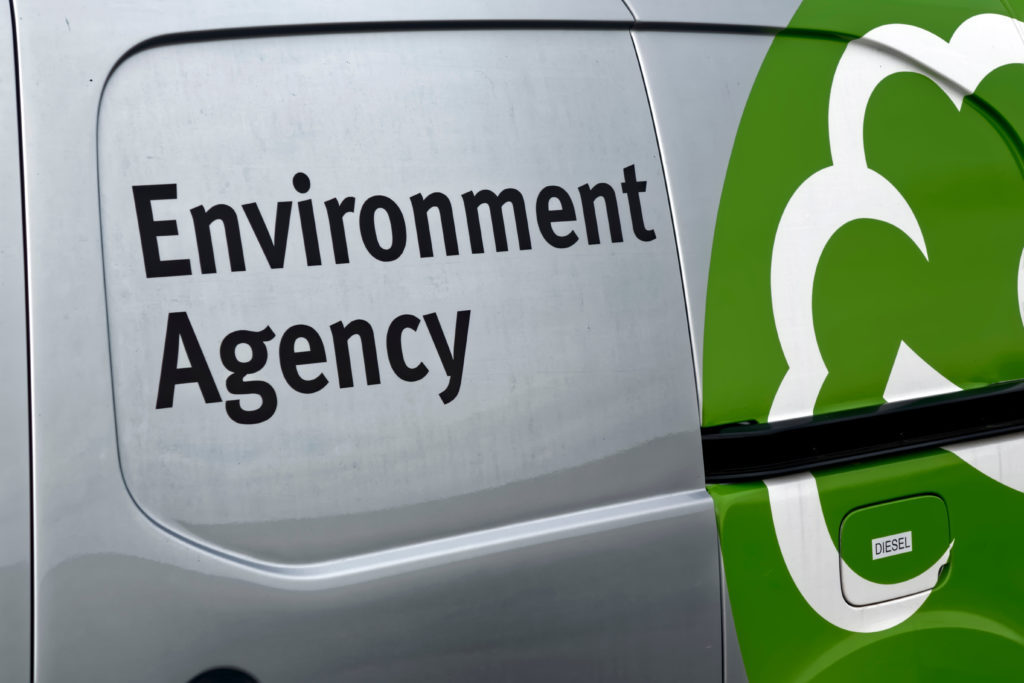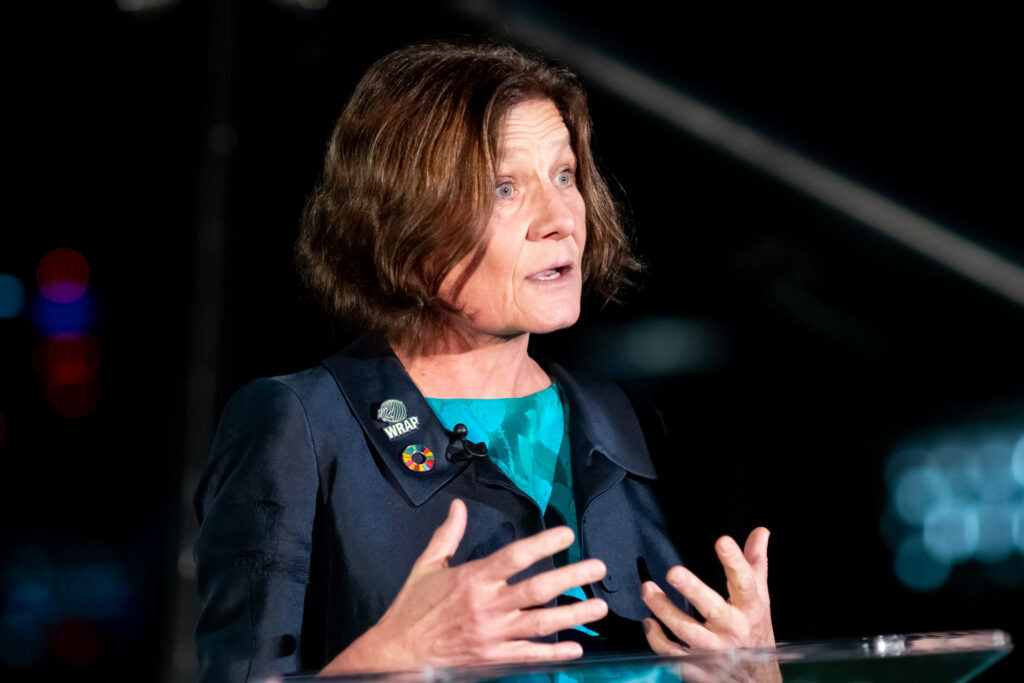 Author Information: Becky Slater has been working in the Waste and Resource Use team at Friends of the Earth since November 2005. The team's work focuses on UK and EU waste policy, trying to maximise resource efficiency and minimise climate impacts by promoting prevention, reuse, recycling and composting.
Author Information: Becky Slater has been working in the Waste and Resource Use team at Friends of the Earth since November 2005. The team's work focuses on UK and EU waste policy, trying to maximise resource efficiency and minimise climate impacts by promoting prevention, reuse, recycling and composting.‘Energy from waste' is sold by the waste industry and many consultants as an easy, low risk solution. However, incinerators often turn out to be expensive white elephants, tying councils into long contracts and demanding a minimum of rubbish to operate.
Councils embarking on plans to build incinerators face big financial risks. Since the 25 year contract for the incinerator at Newhaven was signed in 2003, the cost of the project has more than doubled to £145.7 million, and the project is already two years behind schedule.
Brighton and Hove City Council and East Sussex County Council recently agreed to help contractor Veolia meet its financial burden by extending the life of the contract from 25 to 30 years, providing an extra £35 million in income.
There are also concerns over the reliability of incinerators – sparked by fire-hit plants such as Crymlyn Burrows, Swansea and more recently the difficulties with the incinerator at Allington in Kent. This plant has been out of action since June due to faulty linings – the earliest it is expected to reopen is spring.
However, the greatest risk is the time involved getting incinerators through the planning and building stages. Proposals are continually exacerbated by intense local opposition, which is set to increase – this year Friends of the Earth has helped to set up UK Without Incineration (UKWIN), a network of over 30 groups campaigning against the building of incinerators.
Opposition has already led to delays of many years in building of incinerators, which will be a real problem if councils are trying to avoid LATS fines.
Incineration is not a low-risk option, nor a climate friendly one – we advise councils to steer well clear of it, whatever the industry tries to sell them.











Subscribe for free